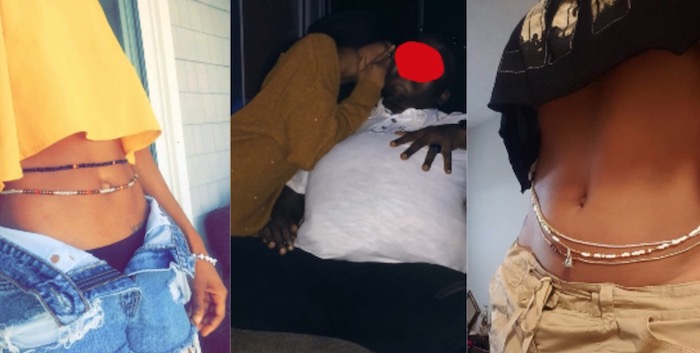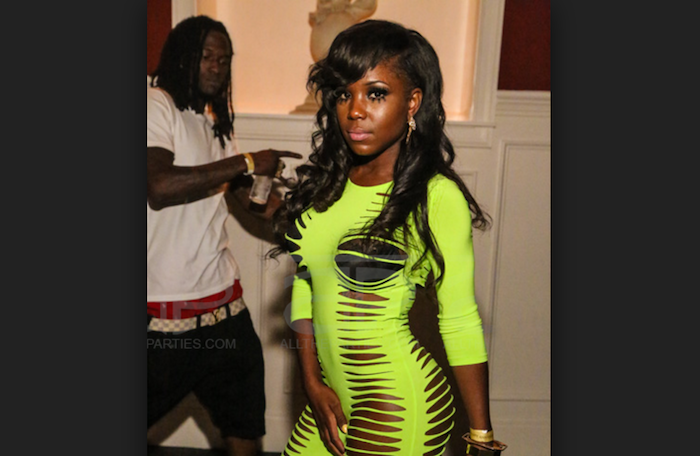The history of waist beads
Waist beads have their roots anchored in Africa and overlap with Egypt as well. They came into existence around the 15th century as a status symbol. The natives had different views about its uses and miracles. Traditional African women used to wear them often on their bare skin and rarely under their clothing.
Egyptian women wore them to allure men while belly dancing. Sometimes scented, women used them to allure their partners since they signified their sexuality. They were also thought to have some healing powers. When used with stones, waist beads were the means of spiritual healing as well. Wearing waist beads is also part of Ghanaian culture. It is a traditional ornament and necessary dowry for women.
Usually, babies wear waist beads at Ghanaian naming ceremonies, and young girls also wear waist beads as a sign of femininity. The web of this culture then extended and reached middle-east where it has taken up a notch and women started admiring it and carrying it along with their bodies.
Now, waist beads are worn by women from different countries and cultures to celebrate, decorate, confidence building, tracking weight gain and weight loss, body shaping, and at the same time, they also symbolize spirituality, womanhood, protection, wealth, female empowerment, fertility, and sexuality.
What the colour of waist beads signify
Natives had same spiritual beliefs associated with the colours of the beads embedded in the string. According to folklore, different hues of waist beads impart different properties. The major ones are:
1) Red waist beads: For sexual signals, energy, self-confidence, vitality, passion, power, love, and desire. (Be scared if you meet any girl wearing this)
2) White : For innocence, purity, humility, youth, cleanliness, light, virginity, and goodness.
3) Pink : For romance, love, friendship, appreciation, femininity, sweet, kindness and tenderness.

4) Black : For protection, elegance, authority, depth, and formality.
5) Gold : For wealth, power, preciousness, and high quality.
6) Green : For prosperity, harmony, encouraging, fertility, growth, abundance and hope.
7) Orange : For warmth, enthusiasm, success, attraction, and creativity.
8) Purple : For mysterious, luxury, ambition, independence, magic, and spirituality.
9) Yellow : For calming nerves, happiness, joy, and clarity.
10) Blue : For knowledge, wisdom, trust, loyalty, devotion, faith, peace, and healing.
11) Brown : For earth, stability, honesty, strength, natural, reliability, and comfort.
12) Silver : For serenity, dreams, grace, glamour, insight, and female energy.
Top 3 Most Viewed Today
- If the guy you love has these traits, do not leave him, I repeat, DON’T!
- Meet Mercy Johnson’s brothers and sisters – Childhood, parents, family history, twin sister rumour and much more
- The current 10 richest Igbo men in Nigeria – These guys are the movers and shakers of Nigeria (Photos)



































Discussion about this post